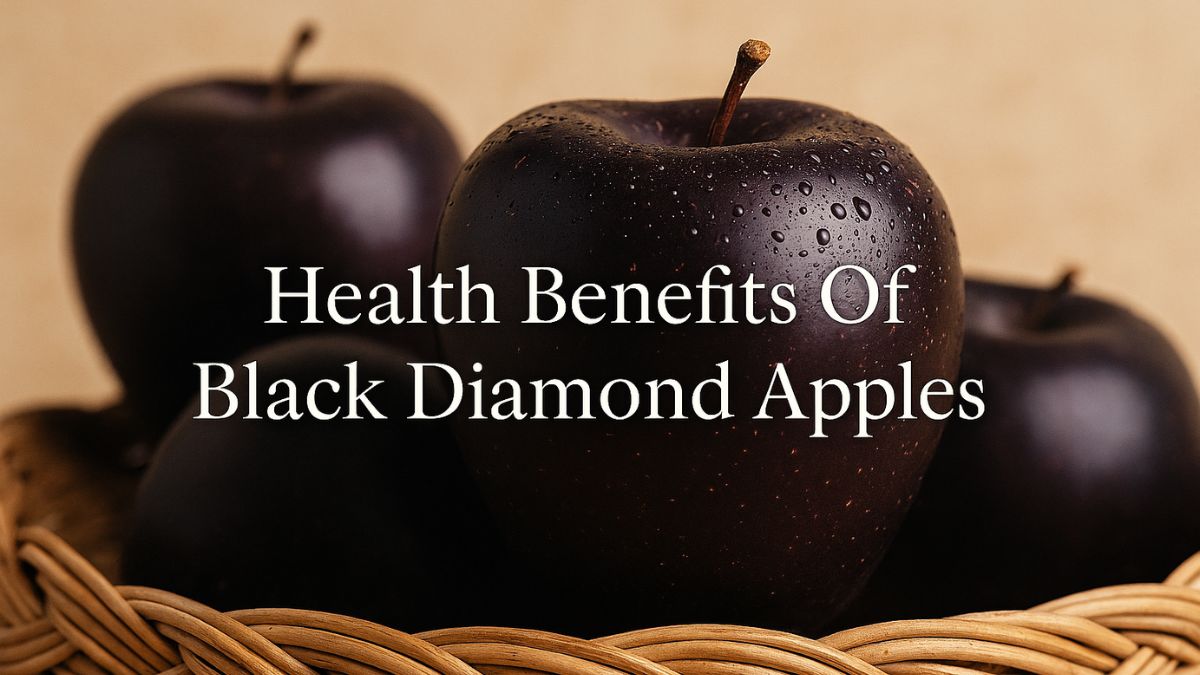Cotton candy was the brain-child of John C. Wharton, a candy maker, and William J. Morrison, a dentist. It was invented in the year 1897 in Nashville, Tenesse. Sounds a bit absurd, but both of them came together to develop a machine that could spin sugar and create cotton candy - a process which was, until then, carried out by hands. According to Tim Richardson's book, Sweets: A History of Candy, the inception of our much-loved candy dates back to the 15th Century, where Italian cooks would fashion exotic and fine sculptures from spun sugar, by first melting the sugar in a pan, then pulling it out with a fork and finally, collecting the thin strands with a wooden broom handle.
This manual process of making cotton candy continued for many years, until a new way of melting sugar with the help of an electric heating element kept at the base of a funnel-shaped dish was discovered. The new machine replaced the labour-intensive process of flinging the substance in the pan with a rapid rotating funnel that would fling the syrup through tiny holes in the funnel using centrifugal force. A bowl placed at the outer rim would catch the caramelized threads as they cooled down to form a slightly crunchy texture. These fine and fluffy threads were collected together in an airy cluster to make cotton candy.
The sugar cluster was dubbed as 'the fairy floss' by its inventors. At that time, the term cotton candy was still a good twenty years away from being coined and popularized. In fact, in Australia, the candy is still known and sold as fairy floss. Fairy floss was one of the most-sold items in the St. Louis World's Fair in 1904 where it was first introduced to a wide audience. The candy was sold for 25 cents an equivalent of 7 dollars in today's time which was half the price of the ticket to the fair! It was scooped and sold in tiny wooden boxes. It is believed that they sold a total of around 68,655 boxes. Thereafter, the fairy floss went on to become a signature delicacy you would find in every fair and carnival in town.
In the year 1921, Joseph Lascaux, a dentist from New Orleans invented a similar machine, and chose to call it 'cotton candy' giving the candy its much famed epithet. Over the years, the candy making process became easier and more efficient. For most of the early half of the twentieth century, the machine was noisy, shaky and would often breakdown. In 1972, a fully automated machine was developed and this expensive luxury fair delicacy was now to be found in every other grocery store.
How Do You Get Your Favourite Candy?
Sugar's basic chemical composition has a role to play here. The molten sugar is spun with strong force, and cooled rapidly because of which the molecule doesn't get time to reorganize them as crystals. Therefore, the cotton candy, just as caramel and toffee, is a non-crystalline candy.
A continuous roll of candy is flung, and gathered on a conveyor belt where it is given shape. Provisions are made to allow the operator to load up to three different colors and flavors and switch between them during one run. The packaging is done in plastic to prevent exposure to water. This is because water can make cotton candy, which is basically hygroscopic sugar, dense and gooey.
Cotton candy has come a long way in terms of colours and flavours. The spun sugar is originally white and vanilla flavoured with added pink colour. While the traditional pink coloured candy is still a favourite, a variety of colours and flavours have made their mark too. Bubble gum, mango, salted caramel, strawberry, mint and pina colada, there's so much out there for you to enjoy and relive your childhood days.
About Sushmita SenguptaSharing a strong penchant for food, Sushmita loves all things good, cheesy and greasy. Her other favourite pastime activities other than discussing food includes, reading, watching movies and binge-watching TV shows.










